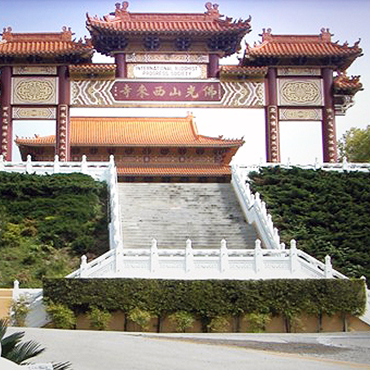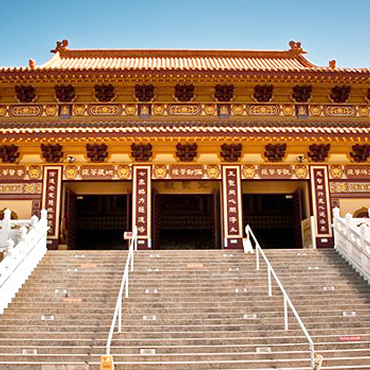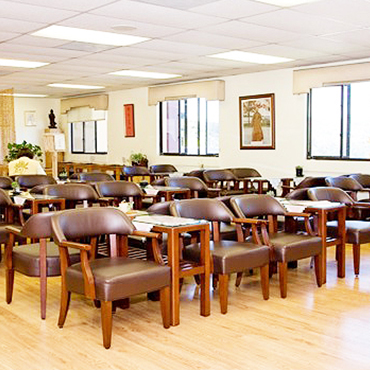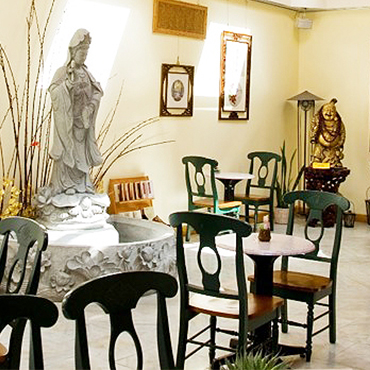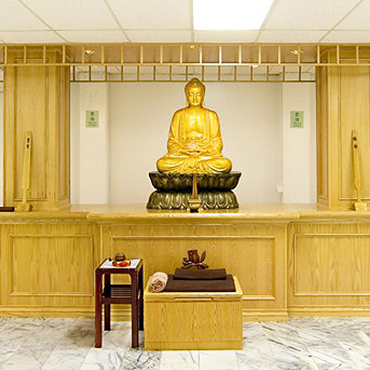Explore Hsi Lai Temple
Mountain Gate
The Temple’s symbolic gate provides a welcome by the International Buddhist Progress Society (IBPS). The Chinese characters on the back of the gate list the four universal vows of Buddhists: to save all sentient beings, to eradicate delusion and stress, to study the boundless Dharma, and to attain supreme enlightenment. Making vows is integral to Buddhism because it provides people the strength to fulfill their practice.
